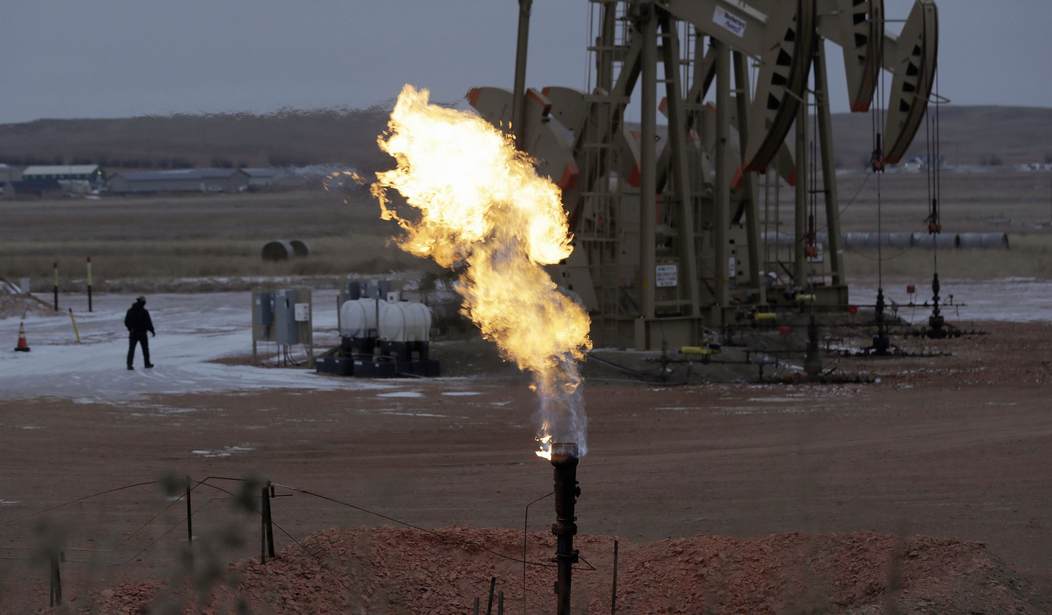Texas has a natural gas problem. That may come as a surprise since we’re talking about one of the most plentiful energy-producing regions in the country, if not the world. But the problem in Texas isn’t that they’re running out of natural gas. They’ve got enough of that to last well into the next century. What they don’t have is enough volume in the available pipelines to get all of that gas to where it needs to be, particularly the supplies coming from the western Permian Basin. In fact, the production of natural gas has been so plentiful that they can barely sell it off at a profit. The Institute for Energy Research released a new report this week suggesting that if pipeline capacity isn’t improved with more pipelines being approved across a wider region, they will not be able to meet the anticipated levels of demand this winter.
Just as the world needs energy desperately, and particularly energy in the form of natural gas, takeaway capacity has been proven to be insufficient in the Permian basin of Texas. Natural gas production in the Permian basin overwhelmingly uses pipeline networks, the safest and most efficient means of transport. Recently, natural gas in the area of the Permian known as Waha traded for just 20 cents to 70 cents per million British thermal units—a price much lower than the U.S. benchmark futures contract of around $5 per million BTUs and European prices of around $28 per million BTUs.
The following day they fell into negative territory—around negative $2 per million BTUs. Insufficient pipeline capacity has been a problem for years as obtaining approval and the necessary permits to build natural gas pipelines from the Federal Energy Regulatory Commission has been getting more difficult. The bottleneck situation worsens when pipeline operators perform necessary repairs and preventative maintenance that forces a temporary reduction in pressure or halts to shipping, as has recently occurred.
Part of the problem is that some of the existing pipelines are currently undergoing scheduled maintenance that can not be delayed. That puts even more stress on the normal supply and demand formula. But that doesn’t mean that everything will be returning to normal later in the year when the existing systems are back online.
As the IER report reminds us, Joe Biden came into office on a promise to “end fossil fuels.” He pushed the Federal Energy Regulatory Commission (FERC) to make changes to the permitting and approval process for new pipeline construction. The end result was “increasing delays and costs on natural gas projects.”
The latest FERC proposal has undergone many revisions and challenges, both from the industry and even from Congress. But the end result is the same. Any new or proposed natural gas infrastructure is going to cost a lot more to bring online and the environmental regulatory hoops companies will have to jump through are discouraging the industry from moving forward.
The proposed revisions to the certificate policy statement are significant, having the potential to pause or stop the development of greenfield projects and major expansions. The draft certificate policy statement creates a great deal of uncertainty for developers, thereby delaying potential projects.
This pattern has played out throughout the Biden administration thus far. Behind the curtains, the President continues to work to make it harder and more expensive to develop oil or natural gas resources. In public, Biden complains about the industry not producing enough fuel and making too much profit from what they do produce. This keeps his base happy, at least for now, but it doesn’t do anything to ensure that we’ll have enough energy for our own country to get through the winter, to say nothing of the European countries that are begging us for increased liquified natural gas (LNG) exports to make up for what they’ve lost from Russian suppliers. This is no way to operate the complicated American energy supply chain. Is this a question of the President’s team not understanding how they energy industry works or are they intentionally trying to stymie the process? We can’t rule out the possibility that elements of both are involved.









Join the conversation as a VIP Member